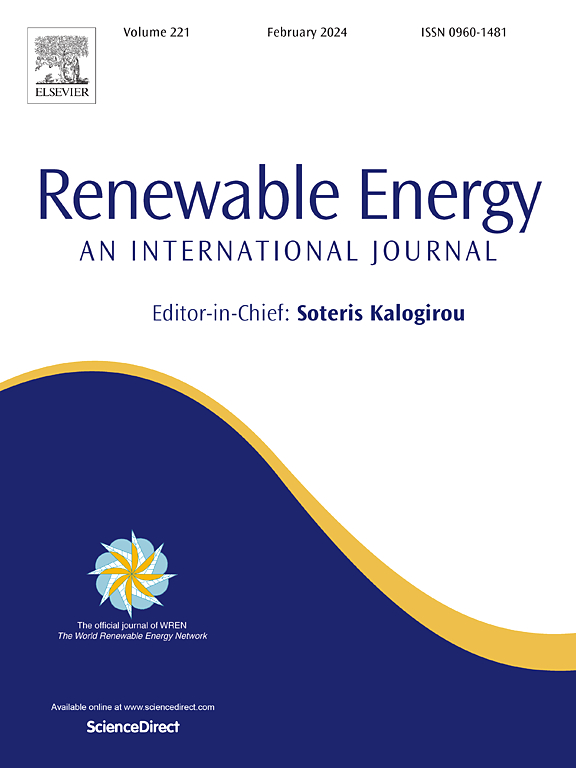A time-series dynamic optimization model for distributed photovoltaic capacity planning considering the coupling of capacity and sales price
IF 9
1区 工程技术
Q1 ENERGY & FUELS
引用次数: 0
Abstract
In the context of increasing photovoltaic penetration and reducing midday sales electricity price, whether users' willingness to invest in new distributed photovoltaics (DPV) will be reduced remains to be studied. Considering that the purpose of the user's installment of DPV is to reduce the cost of electricity, and recognizing the significant impact of investment cost and user psychology on investment willingness. Firstly, technological progress and herd mentality are taken into account, and a time-series dynamic robust optimization model for the capacity planning of DPV is constructed with the objective of minimizing user electricity cost. Secondly, a residential community is used as case study to carry out model verification. The results show that the new capacity of DPV initially grows rapidly at an average rate of 11.58 %, and then slowly declines at an average rate of 1.77 %, confirming our hypothesis. Finally, through an in-depth analysis of the impact mechanisms of dynamic electricity price changes and user consumption behavior on DPV deployment capacity, we have uncovered the underlying reasons for the decline in new installations. Based on the research findings, this study proposes policy recommendations for promoting sustainable development of DPV through reasonable regulation of electricity price reduction rates.
求助全文
约1分钟内获得全文
求助全文
来源期刊

Renewable Energy
工程技术-能源与燃料
CiteScore
18.40
自引率
9.20%
发文量
1955
审稿时长
6.6 months
期刊介绍:
Renewable Energy journal is dedicated to advancing knowledge and disseminating insights on various topics and technologies within renewable energy systems and components. Our mission is to support researchers, engineers, economists, manufacturers, NGOs, associations, and societies in staying updated on new developments in their respective fields and applying alternative energy solutions to current practices.
As an international, multidisciplinary journal in renewable energy engineering and research, we strive to be a premier peer-reviewed platform and a trusted source of original research and reviews in the field of renewable energy. Join us in our endeavor to drive innovation and progress in sustainable energy solutions.
 求助内容:
求助内容: 应助结果提醒方式:
应助结果提醒方式:


